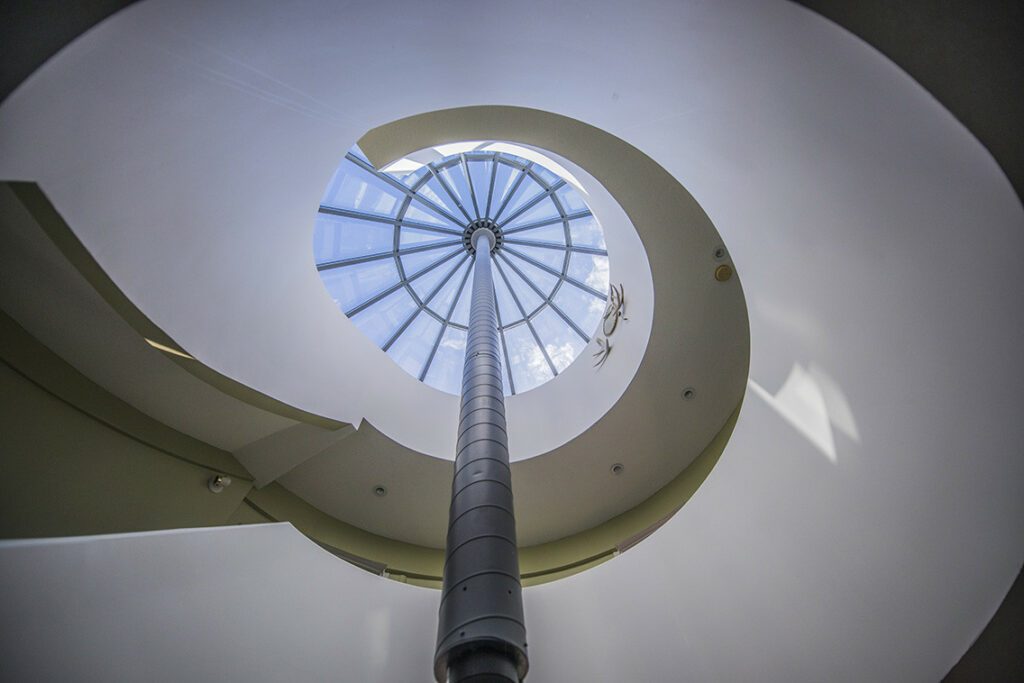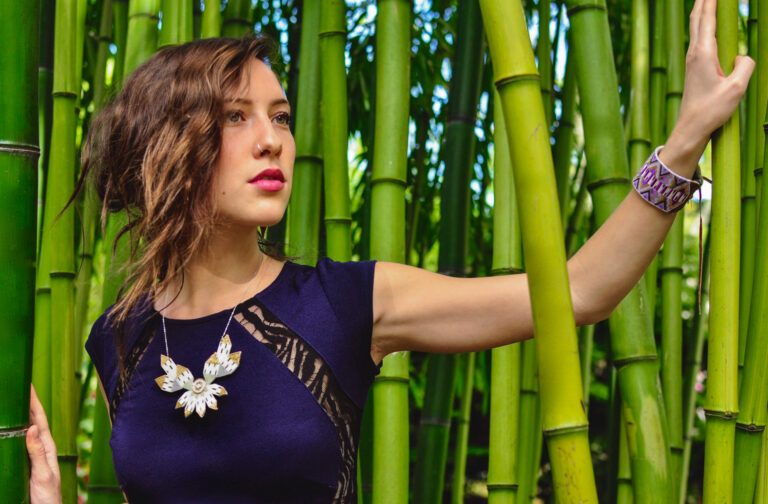From Old Town to Kam Lake, YK has plenty of interesting houses. Over the next few months, we’ll take you on a tour of some of them in our regular EDGE Homes feature.
This first installment is also the launch of Property North, our real estate page. Looking for a tenant or housesitter? It’s free to post on our new rental board. You can also browse listings from real estate section sponsor Century 21 Prospect Realty while getting the latest news and analysis on the local market at EDGE Real Estate, which we’ll be updating regularly.
This week, photographer Angela Gzowski visited architect Kayhan Nadji’s tipi house in Niven Lake and chatted with him about it.

Why do you like your house?
When I moved to Yellowknife about 26 years ago, I was thinking about how I could contribute in my profession as an architect to the aboriginal and northern culture and try to understand the way that northern architecture or aboriginal architecture was built. The most significant issue in their architecture is the circle, which I tried to bring into my architecture. For Dene people, the tipi is a very respectful form because it gives connection between man and superpower.
I tried to somehow combine these two ideas into contemporary architecture. That was the result of it, and that’s why I like it, because it’s somehow a contribution to aboriginal culture.

How did you build this house?
Because it was a new concept, contractors were a little bit cautious about giving a price because they didn’t know what they were getting into. As a result, I hired subcontractors to do it section by section. For example, for the foundation, there was a different contractor, for finishing, a different contractor. As a result, I somehow managed to build this house by playing the role of the general contractor, you could say.
What are some of your favourite aspects of the house?
The other aspect that’s very important in aboriginal culture is fire in the centre. So as you see, the woodstove, it’s right in the centre of the house. That functions very well, especially on cold days when the fire is on, the hot air goes up, and because we have the skylight there, it gets cold and comes down again. So it creates air circulation all around the house.
The other thing is the open concept of the house. That was another aspect of culture that I tried to bring into contemporary architecture.
And also the connection with nature. As you walk around the house, you see each room has its own deck with windows. I tried to create a connection between interior and exterior.

Architect and owner Kayhan Nadji.
Is there anything about the house you don’t like?
That’s like asking if there’s anything about your children that you don’t like. Obviously, because this was a new concept and a new experiment, next time, if I were to make it, maybe I would make some parts of it a little bit larger, but overall, it’s very functional. That was from the beginning, I had a vision for the house, and my dream came true because it worked the way I was thinking.
How long did it take to build the house?
Not long. We started in June and it was done by January, so about seven, eight months. In the beginning, it looked like a difficult construction process, but it was very easy because each section of the wall was built in a shop. Then they brought it here and they connected them with a crane, so it went fast, and that’s why it didn’t take much time.
How energy efficient is the house?
The circular form is more efficient than the rectangular form. You don’t need to fight with the air coming towards the house, the cold air, so it goes very smoothly around the house, rather than pushing itself to the house. So as a result, the circular form is more energy efficient.
The other aspect, as I said, the hot air goes up and comes down, so that contributes to the efficiency. I also used triple glazed windows, which have a better R value.
In summer time, upstairs, we have the skylight and it gets much warmer. It’s very hot, but we have six roof windows and two decks, and the moment you open the windows, a draft comes and it gets cold in a few minutes. So, I could say that although the house is large, compared to a rectangular house this size, if it’s not more energy efficient, it’s not less than other houses.

Is there anything else to say about the house?
This house also received a national award several years ago. I believe more than 200 projects were submitted to the Design Exchange from Toronto. The jury chose 20 projects and this one was one of them. The reason for choosing this, they said this house brings two different aboriginal cultures together. Inuit usually is more circular and Dene is more of a tipi, so the combination brings the two together. That’s why it was respected and we went to Toronto and received a certificate for that award.
For more real estate stories, the city’s best rental board and property listings, visit Property North







